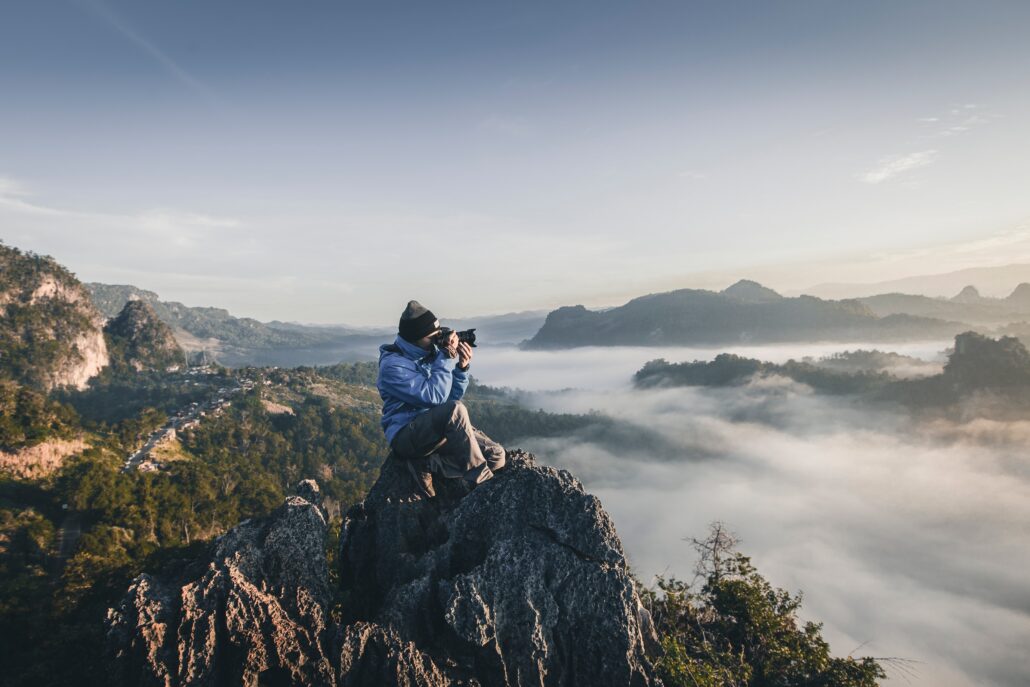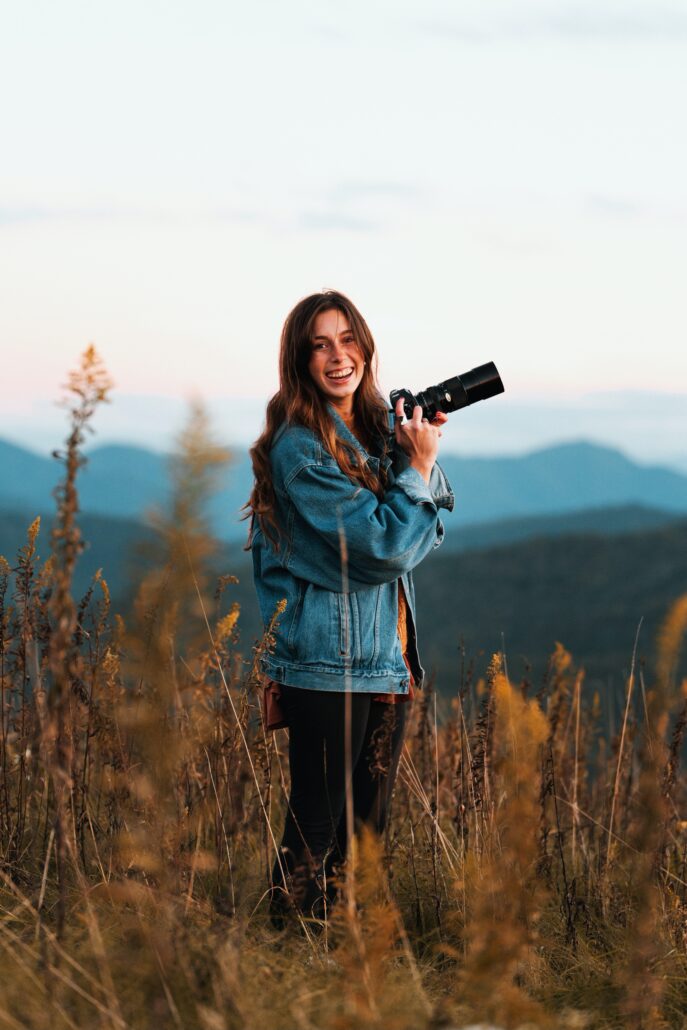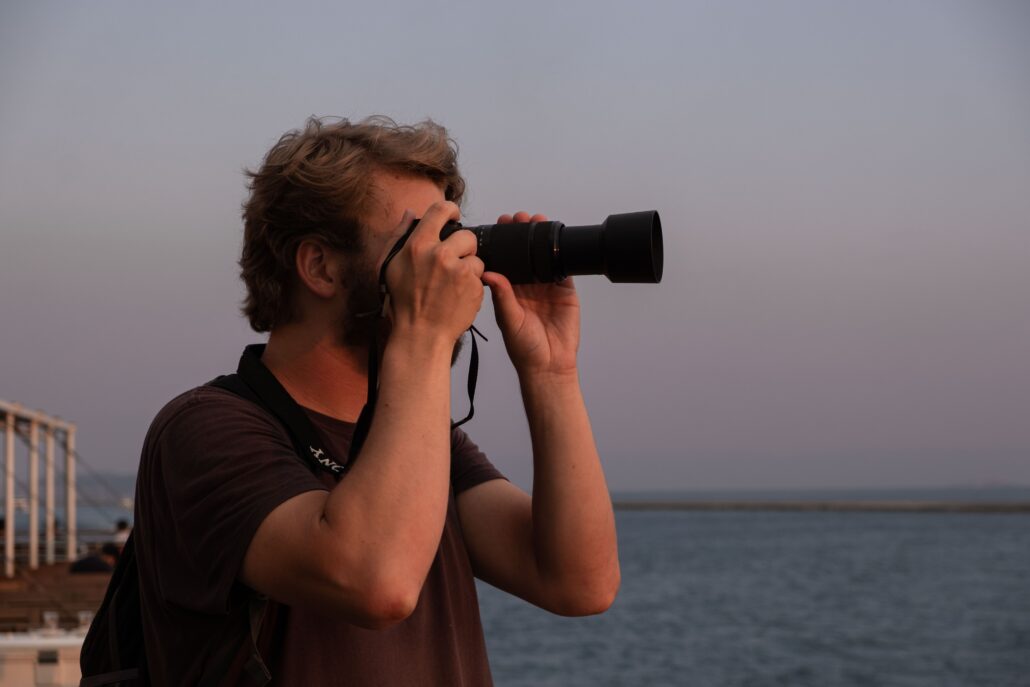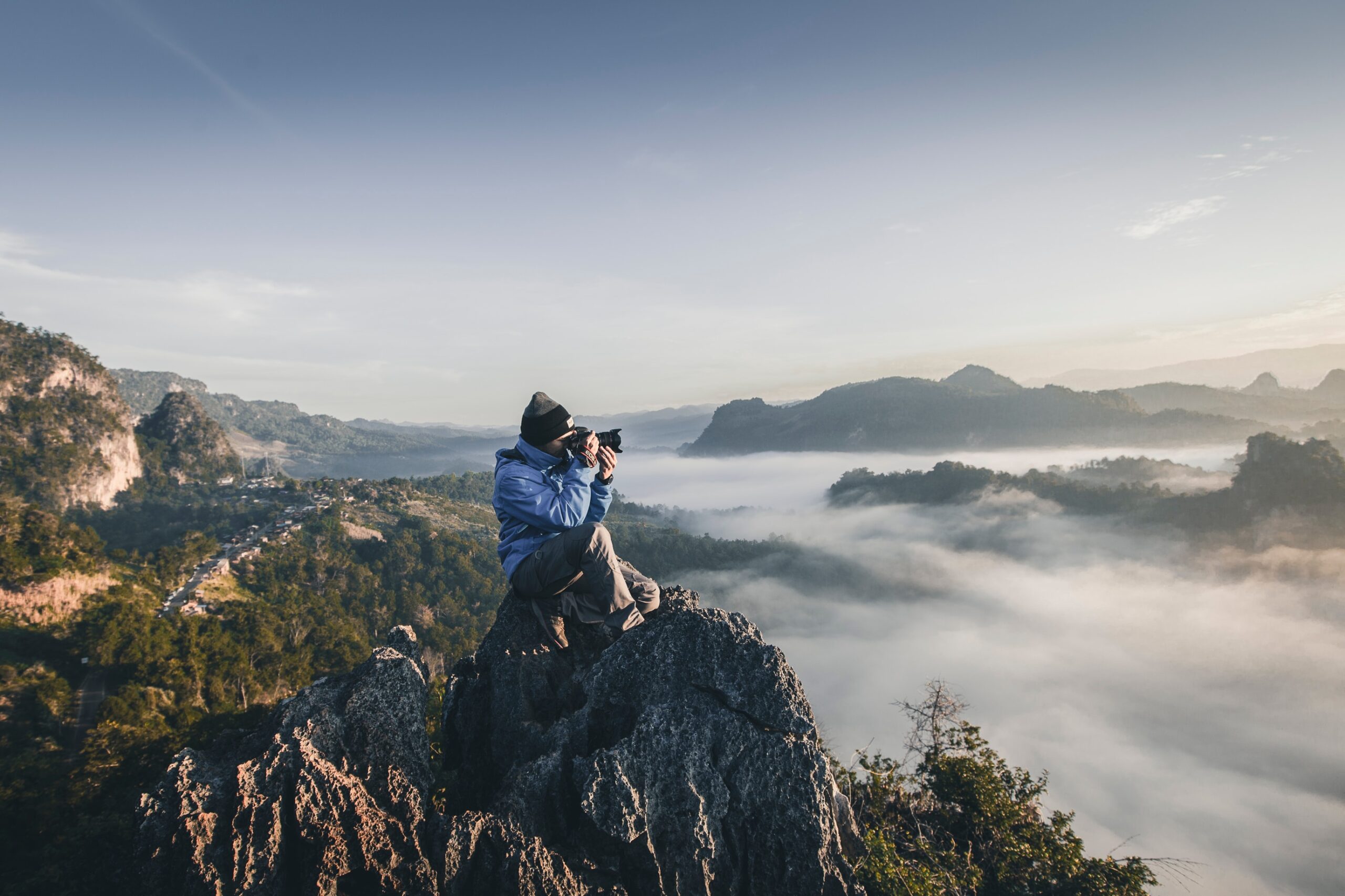Table of Contents

Introduction to Travel Photography
Welcome, everyone! The world of travel photography invites you to explore it. You may find it daunting as an amateur photographer, but I promise you, it’s nothing short of an exciting journey. Every image you capture tells a story—your story, the story of the place, the people, the culture. It’s all about seeing the world from a different perspective and capturing those unseen moments.
Travel photography isn’t just about taking pictures—it’s about capturing the spirit of the place, the people, and the culture. It’s about those breathtaking landscapes, vibrant street scenes, and intimate portraits. It’s about those candid moments that tell a story and those carefully composed shots that showcase the beauty of the world around us.
But before we embark on this journey, let’s understand the basics of photography. The mastery of these basics will help you capture those perfect moments.
Understanding the Basics of Photography
Photography is a beautiful amalgamation of art and science. It’s all about understanding light, composition, and perspective. It’s about that perfect balance between technical skills and artistic vision. As an amateur photographer, it’s essential to grasp these fundamentals to take your skills to the next level.
The first thing you must understand is the exposure triangle—aperture, shutter speed, and ISO. The aperture controls the amount of light entering the camera, the shutter speed determines the duration of light exposure, and ISO affects the sensor’s sensitivity to light. Understanding and manipulating these elements will allow you to control the look and feel of your images.
Composition is another crucial aspect of photography. It’s about arranging elements in a frame to create a visually pleasing image. The rule of thirds, leading lines, framing, and symmetry are some of the techniques you can use. Remember, rules are meant to be broken, so feel free to experiment and develop your unique style.
Essential Photography Tips for Beginners
Now that we’ve understood the basics let’s dive into some essential photography tips for beginners. Remember, practice makes perfect, so don’t be disheartened if you don’t get it right the first time.
Firstly, don’t rush. Take your time to understand the scene, the light, and the composition. It’s not about capturing hundreds of images; it’s about capturing that one perfect shot. Secondly, always shoot in RAW format. It gives you more flexibility in post-processing, allowing you to adjust exposure, white balance, and colors without losing quality.
Finally, don’t be afraid to experiment. Try different angles, perspectives, and compositions. Use both wide-angle and telephoto lenses to capture the same scene. The more you test, the more you’ll learn and grow as a photographer.

Exploring Tips and Tricks for Photography Enthusiasts
There are countless tips and tricks out there for photography enthusiasts. One of the most essential tips is understanding the golden hour— just after sunrise and before sunset. The light during these hours is soft, warm, and directional, making it perfect for all types of photography.
Another valuable tip is to focus on details. While capturing those grand landscapes is tempting, don’t forget about the small details— the texture of a leaf, the pattern of a facade, and the color of a door. These details often tell a more intimate and personal story.
And lastly, learn to be patient. The right moment may take time, but when it does, it’s worth the wait. Whether it’s waiting for the perfect light or for a bird to take flight, patience often rewards you with the most stunning images.
Perfecting Landscape Photography for the Nature Lover
If you’re a nature lover, landscape photography is your playground. It’s about capturing the grandeur of nature in all its forms— from majestic mountains to tranquil lakes, from lush forests to barren deserts. But capturing these scenes is not as easy as it seems.
One of the most essential photography tips for landscape photography is to use a tripod. It ensures sharp images and allows you to shoot at slower shutter speeds. Another tip is to use a wide-angle lens to capture more of the scene.
Also, don’t forget about the sky. A dramatic sky can add depth and interest to your images. Use a graduated neutral density filter to balance the exposure between the sky and the land. And always remember, the best landscape photos are often taken when the weather is at its worst. So don’t be afraid to step out in the rain or snow.
Lighting Techniques in Travel Photography
Lighting is one of the most critical aspects of travel photography. It can make or break your images. Understanding and mastering different lighting techniques is essential to capture stunning travel photos.
The most flattering light for travel photography is natural light. It’s soft, diffused, and brings out the true colors of the scene. The best times to shoot are during the golden hour— the light is warm, soft, and directional, creating beautiful shadows and highlights.
Another lighting technique is backlighting. It’s when the light source is behind the subject, creating a silhouette effect. It’s great for creating dramatic and artistic images. On the other hand, side lighting is excellent for highlighting textures and details.

Essential Photography Gear for Travel Enthusiasts
As a travel enthusiast, carrying the right photography gear is essential. But remember, it’s not about having the most expensive equipment; it’s about knowing how to use what you have.
Firstly, invest in a good camera. It doesn’t have to be a high-end DSLR; even a good quality point-and-shoot or mirrorless camera can do wonders. Secondly, have a variety of lenses. A wide-angle lens for landscapes, a telephoto lens for wildlife, and a prime lens for portraits are a good start.
Don’t forget about accessories. A sturdy tripod, a set of filters, extra memory cards and batteries, and a good quality camera bag— these are all essential for a travel photographer. And always remember, the best camera is the one you have with you, so make sure you carry it everywhere.
Online Photography Classes for Amateur Photographers
As an amateur photographer, online photography classes can be a great resource to improve your skills. They offer a structured approach to learning, with experienced professionals guiding you at each step.
Numerous online platforms offer photography classes— from basics to advanced techniques, landscapes to portraits, and lighting to post-processing. You can learn at your own pace, in your own time, from the comfort of your home.
But remember, no class or course can substitute real-world practice. So go out and shoot regularly, experiment with different techniques, and apply what you’ve learned.
Valuable Resources for Further Improving Your Photography Skills
Besides online classes, numerous other resources are available to improve your photography skills. Books, magazines, blogs, YouTube channels, photography forums— the list is endless.
Books are a great way to learn the theory of photography. They offer detailed explanations, step-by-step guides, and plenty of examples. Magazines and blogs offer the latest trends, tips and tricks, and inspiration from professional photographers. YouTube channels offer video tutorials, gear reviews, and behind-the-scenes footage.
Photography forums are a great place to connect with other photographers, share your work, and get feedback. They offer a supportive community where you can learn and grow.
Conclusion: Capturing the World Through Your Lens
As we come to the end of this exciting journey, I hope these photography tips have given you the confidence to pick up your camera and start capturing the world through your lens. Remember, photography is a journey, not a destination. It’s about learning, experimenting, and growing.
So, go out there, explore the world, capture those unseen moments, and tell those untold stories. And most importantly, enjoy the journey. Because at the end of the day, it’s not about the photos you take but the memories you make.
And if you don’t know where to start, photography workshops are a great way to travel to a breathtaking place and, at the same time, learn about photography alongside other aspiring photographers like you and professionals too! Vitor Lindo is a well-established professional photographer and videographer instructor, passionate about his work, with over 18 years of international experience. He’s hosting all-inclusive workshops where you don’t have to worry about anything but you and your camera.
Check our dates for 2023 and 2024 here. Or shoot us an email at luanastudiomanager@vitor-lindo.com with any questions.
Happy shooting, fellow photography enthusiasts!
An award-winning Wedding Photographer, Videographer and Adventure Travel expert.
I'm Vitor Lindo
